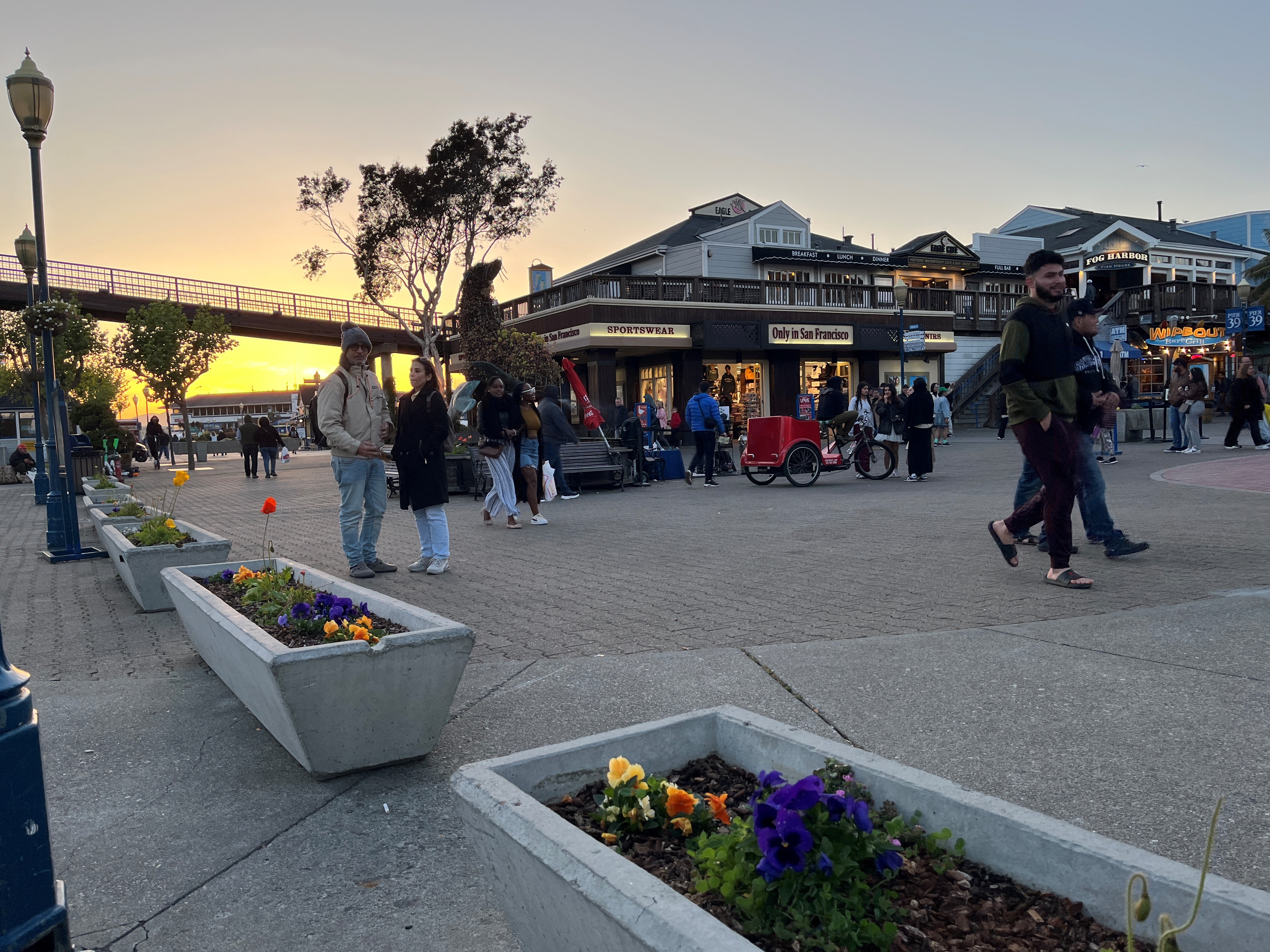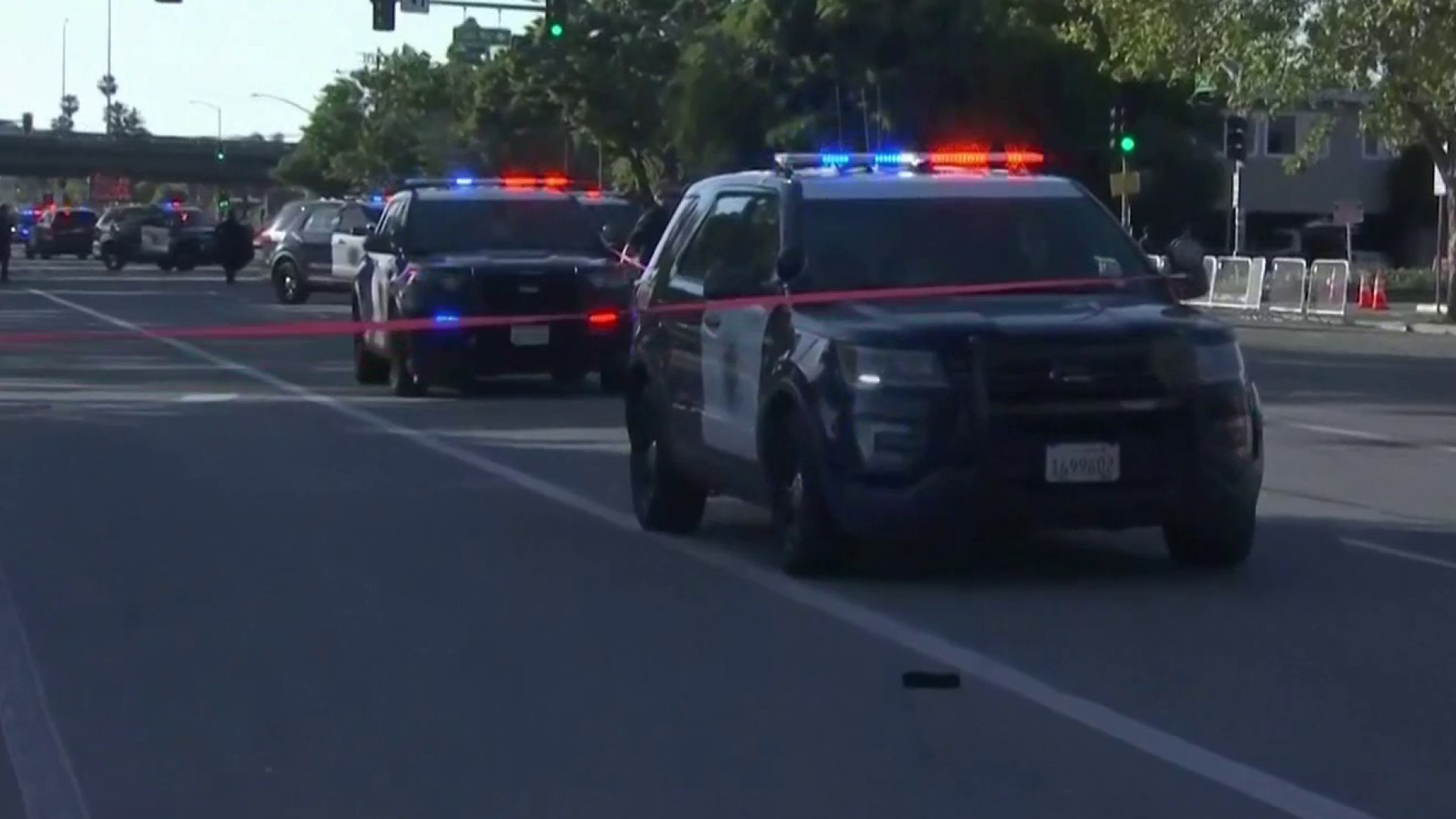California’s affordable housing crisis has reached an epidemic level, with rents at an all-time high and home ownership rates at their lowest since the 1940’s. Still, despite the housing crunch, California has some of the country’s toughest laws requiring affordable housing. But as the NBC Bay Area Investigative Unit uncovered, those rules are rarely enforced, leaving millions of people looking for alternative ways to live.
Serial entrepreneur Cat Volz is among the Bay Area workers feeling the housing burden. Volz gave the Investigative Unit a tour of the 10' by 10' office space that she calls home.
“It was like the nicest space for the cheapest, so I got it,” Volz told NBC Bay Area. For the past year and a half, Volz has lived in the tiny office in the heart of Silicon Valley, paying $300 per month for rent. Volz says she knows it isn't legal, but it’s all she can afford.
“I don’t use a blanket or pillow or anything because it’s like contraband,” Volz said pointing to the thinly carpeted office floor where she sleeps. “It’s safe and it’s mine.”
A Saratoga native, Volz graduated at the top of her class from Regis University in Denver in 2012. She returned to the Bay Area and used her education to form a startup a business making perfume, as well as doing web design, marketing, and digital media. However, Volz says she quickly found herself in a catch 22, too qualified to be hired for hourly wage jobs, but not making enough money to afford steady housing. Since then, she’s lived in offices, backyard sheds, and her Toyota Corolla.
LACK OF AFFORDABLE HOUSING
Volz is one of millions who struggle to pay for housing in California. State data shows more than 1.5 million households pay more than 50% of their income towards rent.
Local
San Jose's Deputy Director of code enforcement Diane Buchanan, believes the lack of affordable housing is contributing to a spike in dangerous illegal occupancies.
“From 2015 to 2016 we have seen almost a doubling of the complaints that we received,” Buchanan told NBC Bay Area. The city relies on complaints to direct its investigations; however Buchanan said it’s difficult for her office to gauge how many people live in hiding.

Last year, city inspectors responded to 45 complaints about people living in unpermitted spaces including sheds and shacks. “No sanitation, no plumbing, so they’re digging holes in the backyard,” Buchanan said. Other dangerous and substandard conditions include illegally converted garages without insulation, near open flames, and water heaters that can release deadly carbon monoxide gas into poorly ventilated spaces.
Buchanan maintains that safety is the number one priority for her office. “This is a ticking time bomb. None of the inspectors like to see people living in these conditions and we know we have to move them out.”
AFFORDABLE HOUSING: AN UNENFORCED MANDATE
California housing law requires that all cities adequately plan to meet the housing needs for residents across all income levels. However there is little recourse when cities don’t.
"There’s no consequence today. We don’t have any sanctions at the state level. There are no consequences. If you say you’ve planned on paper, then you get a free pass, we don’t hold your feet to the fire,” state housing director Ben Metcalf told NBC Bay Area.
Metcalf runs the Department of Housing and Community Development. The agency is in charge of making sure cities provide affordable housing by assigning each region a specific number of housing units they must build over the course of eight years – a process called the Regional Housing Need ALLOCATION.
Figures from the state’s housing assessment show California built an average 80,000 homes each year over the past decade. That’s far below the estimated 180,000 needed to keep housing affordable. Metcalf believes this is one of the biggest contributing factor to the lack of affordable housing.
"This is at the end of the day a solvable problem," Metcalf said. "The fact that housing is so expensive today is a consequence of decisions that have been made at the local and state level, and those decisions that have been made can get revisited. And they can get changed."
REGIONAL HOUSING NEED ALLOCATION 2007 – 2014
“While we hold them accountable to plan for the growth, we don’t hold them accountable to see the growth actually happens,” Metcalf said. However his agency is now working to change that through incentives that could potentially encourage cities to approve affordable housing projects, such as linking funding for city parks to the amount of housing built in a city.
HCD is also working with the governor and lawmakers to streamline regulations. “If we believe in the American dream. If we believe California should be a land of opportunity, that folks should be able to have a shot at competing. If we believe that we want the next generation to have a life that’s as good as ours, then we have to facilitate that by allowing housing to be built in our communities,” Metcalf said.
Meanwhile Cat Volz says she’s putting her struggle in the spotlight so people can see a new side of the housing crisis.
“I just like to be honest and if it helps people I’m not afraid to say this is who I am and this is my life,” Volz said.
According to the most recent homeless survey, on any given night some 118,000 people experience homelessness in California. But things are improving for Cat, who says she has now saved enough to sign a lease for an apartment.
If you have a tip for the Investigative Unit email Vicky Nguyenvicky@nbcbayarea.com or you can email theunit@nbcbayarea.com or call 888-996-TIPS.
Follow Vicky Nguyen on Twitter www.twitter.com/VickyNguyenTV and Facebookwww.facebook.com/VickyNguyenTV



